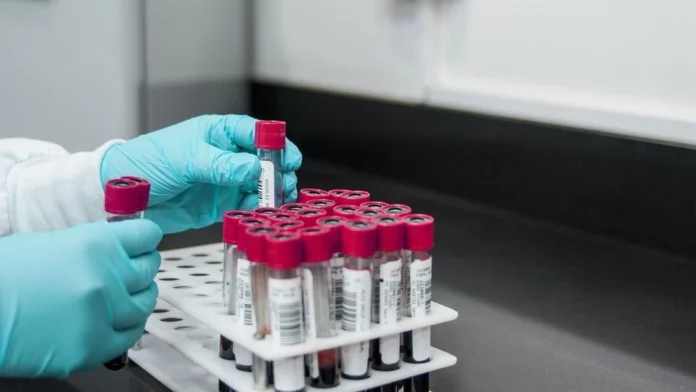Commencement of Price Adjustment for Unprofitable or Low-Margin Drugs
The Head of the Food and Drug Administration, Dr. Mehdi Pirsaheli, announced that the price adjustment process for unprofitable drugs or those with very low profit margins—previously removed from production by pharmaceutical companies—has begun.
Dr. Pirsaheli highlighted the impact of sanctions on the country’s situation, stating, “During the imposed war and the sanctions we have endured, the pressures have never been this severe. The shortage of financial resources and inflation has caused significant challenges.”
He explained that liquidity shortages and debt have disrupted the flow of funds in the pharmaceutical and medical equipment supply chain. Pharmaceutical factories are struggling to secure the funds necessary for purchasing raw materials. Consequently, even after currency allocation, these companies cannot purchase the currency due to liquidity issues, resulting in lost allocations.
Many of the drug shortages we are facing stem from these issues, as companies either cannot procure raw materials and packaging or face similar challenges.
The Deputy Minister of Health noted that a total of $1 billion worth of subsidized currency (at a rate of 42,000 IRR per USD) has been allocated for medical equipment companies. This has helped ease liquidity constraints, allowing companies to obtain the necessary currency. However, he emphasized that this subsidized currency is likely to be eliminated next year and replaced with a negotiated exchange rate.
Dr. Pirsaheli stressed the importance of using the allocated budget for drugs and medical equipment within defined categories in medical universities. “Expenditures on drugs and equipment must remain within this sector. Otherwise, the pharmaceutical and hospital equipment supply chain will face disruptions,” he warned.
He identified three primary reasons for drug shortages: liquidity issues, drug pricing, and currency procurement. Efforts are underway, in collaboration with the Planning and Budget Organization, the Central Bank, and other institutions, to address these issues, with some progress already made in this regard.











